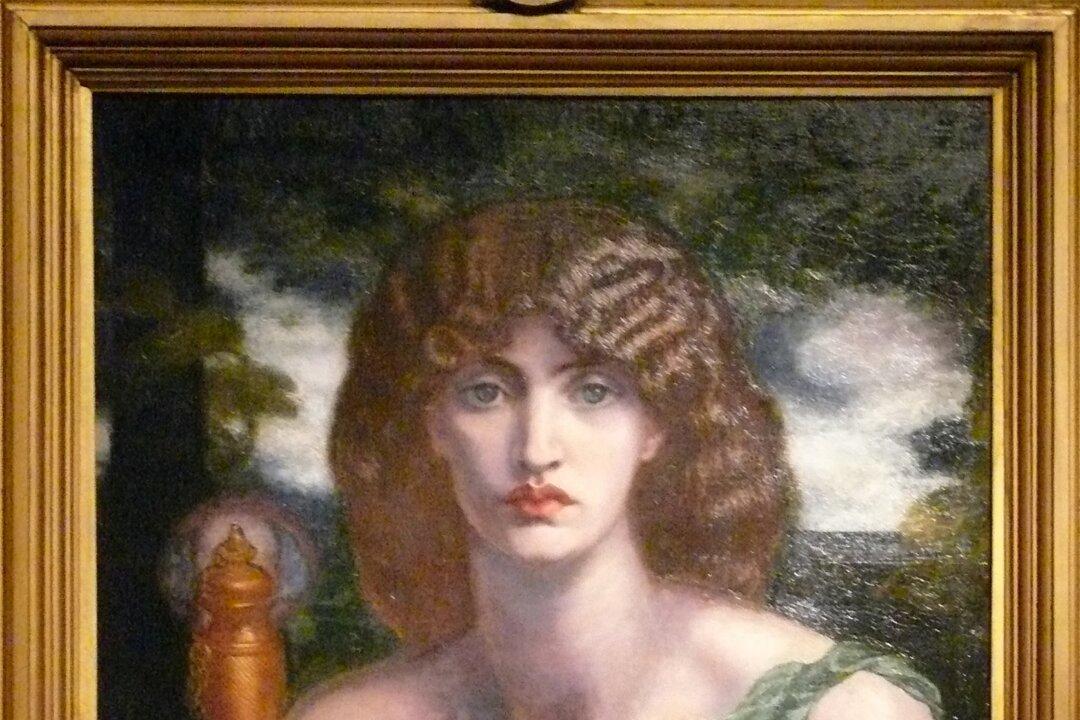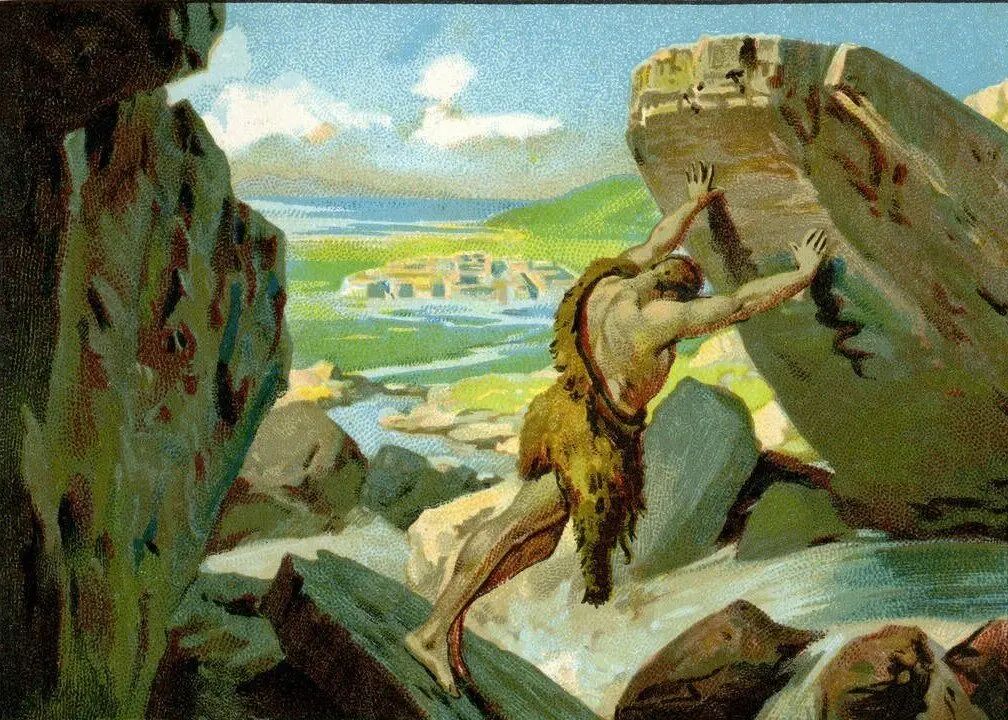The Greek myths are full of insightful and explanatory details that help us understand not only how to conduct ourselves in this world, but also about how things came to be and how things work. This latter point—how things work—is really important if we want to achieve anything. As we know, success and achievement can be very fleeting. The individuals whom the world lauds today, so often become the villains of tomorrow or worse: the forgotten ones.
Politically, it would be easy to list dozens of forgotten and inconsequential statesmen who were highly acclaimed in their time. But take poetry, not politics. Who remembers now Thomas Watson, who was THE poet and sonneteer of Elizabethan England? And Albertinus Mussatus, a contemporary of Dante? According to Swiss historian of art and culture Jacob Burckhardt, Mussatus, “crowned poet at Padua by bishop and rector, enjoyed a fame which fell little short of deification”! Poor Dante never achieved the laurel he sought—at least, not in his lifetime.






